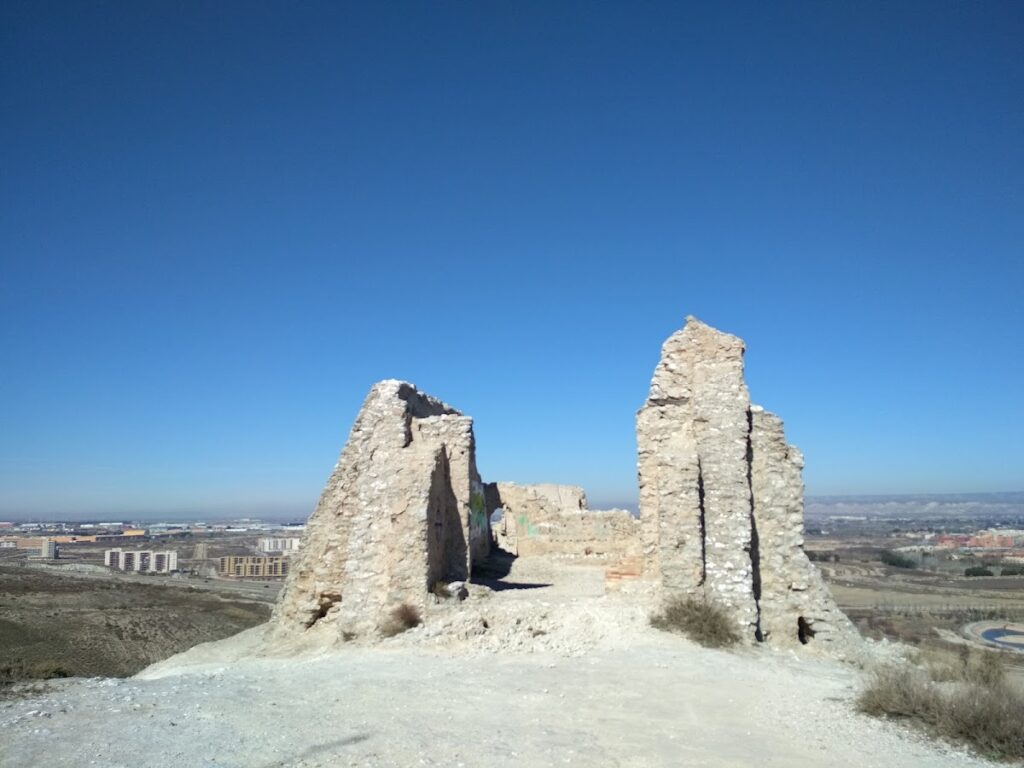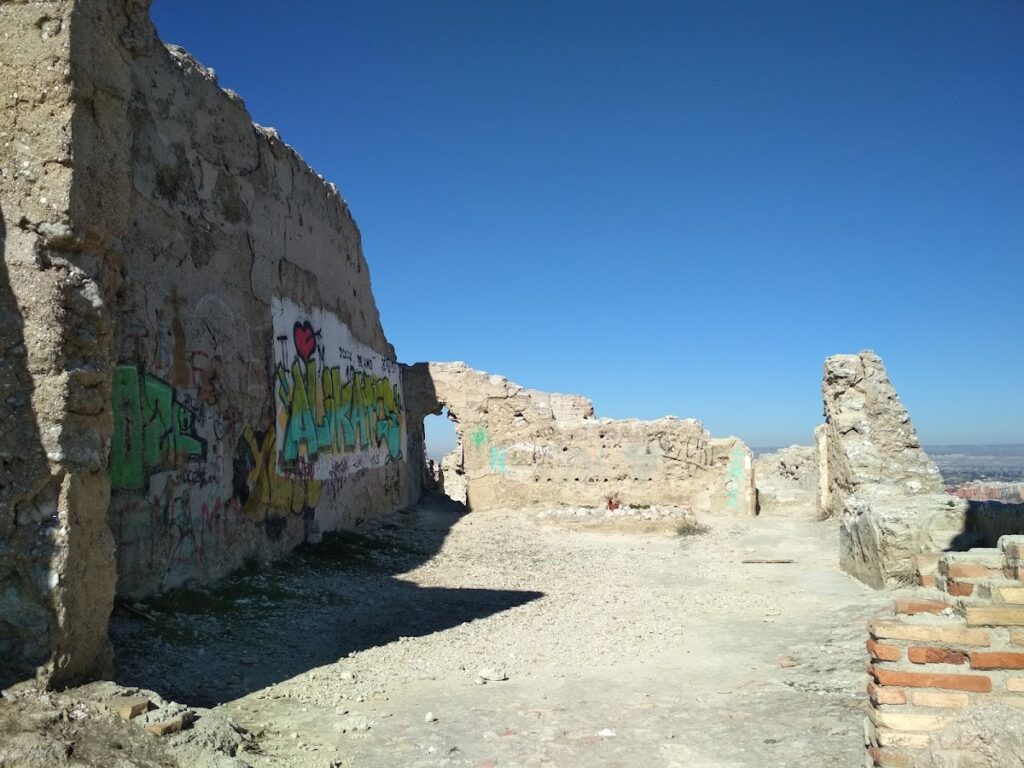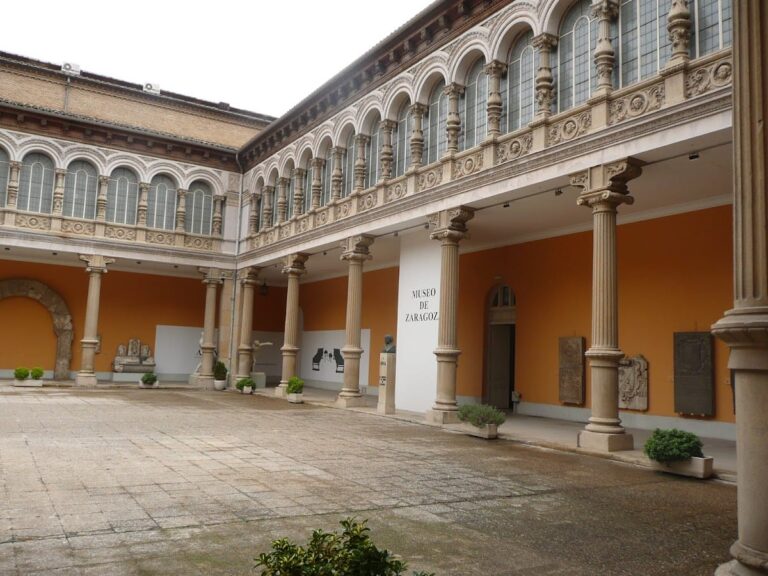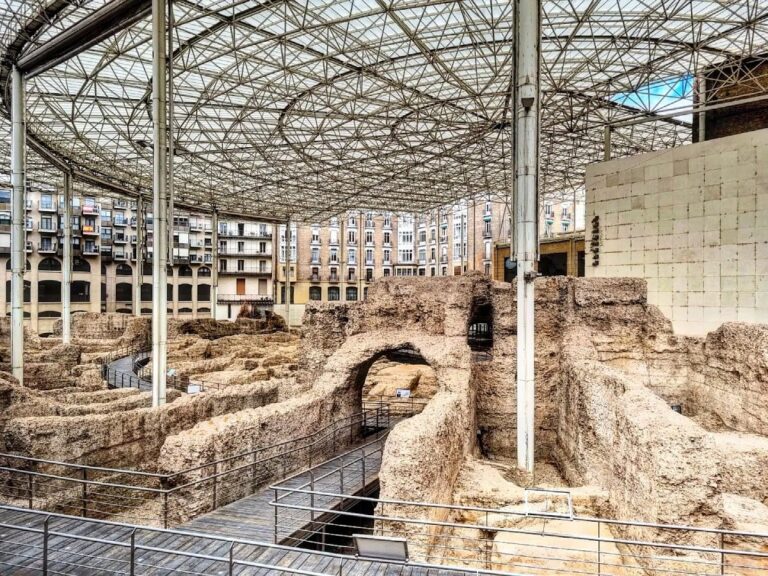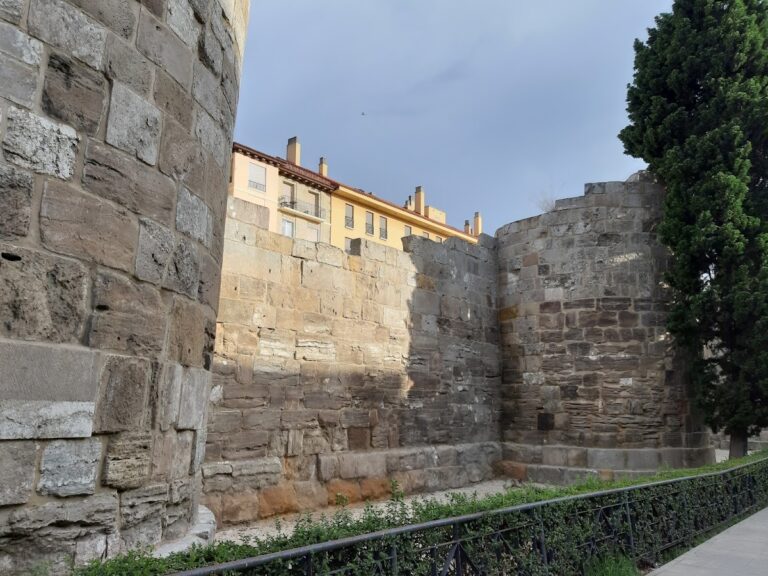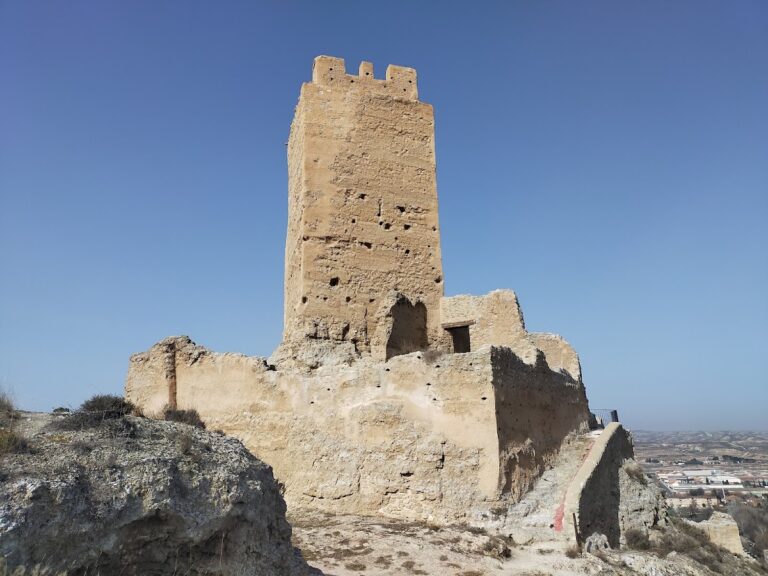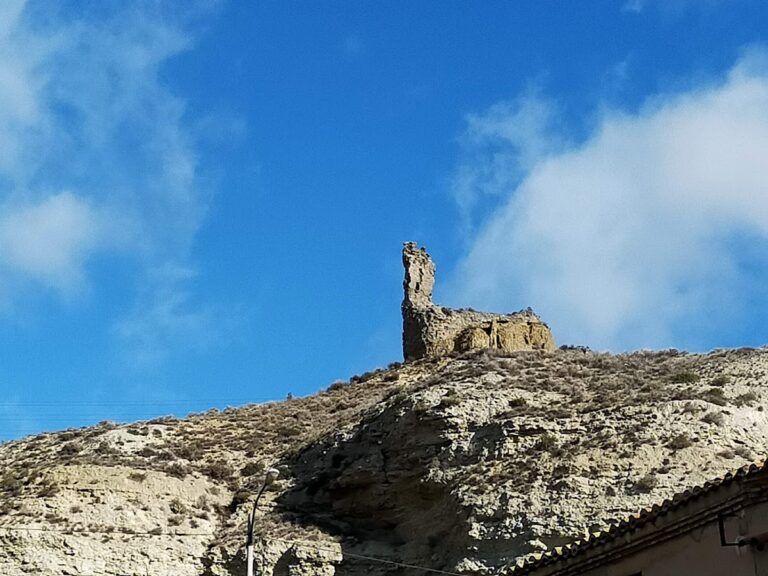Castle of Santa Bárbara, Zaragoza: A Medieval Fortress and Hermitage
Visitor Information
Google Rating: 4.3
Popularity: Low
Google Maps: View on Google Maps
Country: Spain
Civilization: Unclassified
Remains: Military
History
The Castle of Santa Bárbara is a medieval fortress located in Zaragoza, Spain. It was originally built in the 13th century during the period of Christian consolidation in the region. The castle formed part of the defensive network that protected the city historically known as Saracusta. This network also included other fortresses such as those at Juslibol, Miranda, and Torre de Candespina.
Before Zaragoza’s reconquest, Saracusta stood under Muslim rule until 1118, when Alfonso I, known as the Battler, captured the city. Following this conquest, the castle’s role as a military fortification evolved over time. By the 17th century, much of the original fortress had vanished, making way for a renewed religious function. In 1690, a group of local farmers from Zaragoza established the Cofradía de la Gloriosa Santa Bárbara. This brotherhood created a hermitage within the remnants of the castle, with formal records of the chapel dating back to 1691. The hermitage was designed primarily as a place for occasional worship rather than as an artistic monument and featured two dedicated altars, one honoring Santa Bárbara and another Jesus Christ, alongside necessary liturgical furnishings such as a confessional and a wooden lectern.
In the early decades of the 20th century, the hermitage experienced a decline in pilgrimages and suffered structural deterioration until repairs were carried out between 1910 and 1914 focusing on the roof and façade. However, the Spanish Civil War brought further destruction in 1936 when the hermitage was demolished. Although there were plans to restore it afterward, these never materialized. Eventually, in 1946, the Cofradía relocated its pilgrimage activities to the church of Miralbueno, leaving the site abandoned. In 2006, the castle was officially recognized and protected as a Bien de Interés Cultural, an Asset of Cultural Interest under regional heritage laws.
Remains
Perched at Zaragoza’s highest elevation, the Castle of Santa Bárbara occupies a strategic vantage point between 313 and 341 meters above sea level. From here, commanding views stretch across urban and natural landscapes, including the Valdespartera neighborhood, the nearby Z-40 highway, and on clear days, distant mountain ranges such as the Pyrenees, Sierra de Guara, and Moncayo. The surviving structure reflects only about one-third of the original fortress, much of it attributable to the later conversion into the hermitage rather than the initial medieval military construction.
The ruins primarily consist of exterior walls reinforced by large buttresses, contributing to the fortress’s defensive features. Several openings remain visible, including windows and doorways, which offer insight into the fortress’s layout. The hermitage itself followed a straightforward architectural plan characterized by a single nave without side chapels. Within this space, the remnants correspond to liturgical elements documented in historical records: two altars dedicated to Santa Bárbara and Jesus Christ, a confessional booth, a wooden lectern used for reading scripture, and a stone pulpit from which sermons were delivered. Additional features that reflected the hermitage’s religious function included lamps, a small bell mounted on the façade for calling worshippers, and an iron cross placed on an external wayside shrine known locally as a peirón.
Access to the site remains challenging due to its elevated and somewhat isolated position, with the Z-40 road serving as the usual approach. The combination of its largely ruined condition and the absence of formal visitation protocols underscores the site’s status as a quiet remnant of Zaragoza’s layered history.

